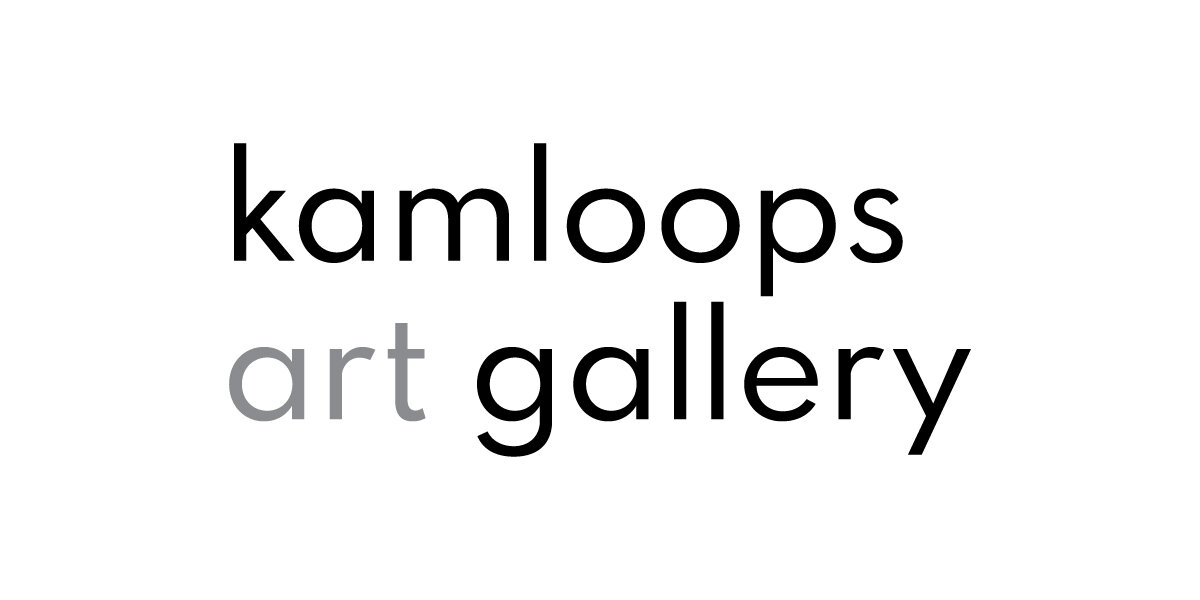DIY Camera
SCHOOL PROGRAM LESSON PLAN–Grades 7 to 9
DIY Camera
Final Project Description:
A paper pinhole camera.
Description:
Using plans found online, students will build a 35mm pinhole camera.
Curriculum Connections:
Visual Arts
· create a structured critical response to artworks and exhibitions
· demonstrate safe and environmentally responsible use of materials, technologies, and processes
English Language Arts
· use speaking and listening to improve and extend thinking
Social Studies
· defend a position on a contemporary or historical issue
Workshop Duration: 70 minutes
In Gallery: 10 minutes after the tour for discussion
In Studio: 10 minutes for instructions, 45 minutes to construct their camera, 5 minutes for clean up and discussion and look at other’s work.
Prep:
· Put out the name tags and markers on an atrium table
· Set up a demo station in the center of the room with all steps of project
· Set up each student’s seating area with the dry materials
· Set up a supply table with collage materials, letraset, coloured pencils and markers
Materials:
Camera pattern pieces – 1 print-out per student
Camera assembly instructions – 1 print-out per student
Scissors
Utility knife
Ruler
Bone folder (students will have to share)
Glue stick
Small 1”x1” square of cinefoil - one per student
Thin needles
Small piece of regular masking tape + marker for name label
Before students begin, have them write their name on a piece of masking tape to attach to their completed project.
10:50 – 11:00: Discussion
Conclude your gallery tour with HHABARE. Pay particular attention to the DIY 4x6 camera. Schmidt made this using plans found online, much in the way that the students will create their cameras back in the studio.
Explore the idea of “the commons” with the students. Do they know what this is?
The “commons” are the cultural and natural resources accessible to all members of a society, including natural materials such as air, water, and a habitable earth. These resources are held in common, not owned privately.
Through his work, Schmidt draws our attention to these cultural and natural resources held in common in our society – often looking about both the cultural and natural in the same work.
Talk to the students about what they think the common elements in this exhibition are. What do they think about the idea of the commons? Which are cultural commons (DIY projects) and which are natural commons (beach, forest, ocean, etc.)?
Lead them back to the studios, where they will make their own camera, using plans found online.
11:00 – 11:55
1. Have students take their seats and walk them through the steps of the project using your demo station. Enlist parent and teacher help as necessary. Go over safety concerns with use of knives.
2. Students have the pattern pieces and the instructions for assembly. They can choose to follow you step-by-step, or move ahead of the group.
3. Students can choose to use the coloured pattern of the camera, or use the blank side and decorate it themselves using the materials on the supply table.
4. We are not providing the film – instructions for how to insert the film and empty canister are in their packet.
11:55 – 12:00
1. As students complete their cameras, have them put the completed artworks on a clean table by the white wall (make sure their names are attached to the bottom with tape) and ask them to clean up their stations and wash their hands.
2. Once everyone is finished and cleaned up, discuss. Draw them into conversation: what was fun, hard, frustrating, exciting? What do they like about each other’s work? What are the advantages/disadvantages of following a pattern like this?
This camera pattern comes from Corbis Readymech cameras. They have several different patterns available and folks who have made and used the patterns can leave comments and upload the pictures they’ve taken with the cameras. What do students think about this?
3. They’re adorable! Get a picture of them with their cameras.
SUPPLEMENTAL MATERIALS:
Camera instructions: http://www.corbis.readymech.com/en/camera/?camera=1
